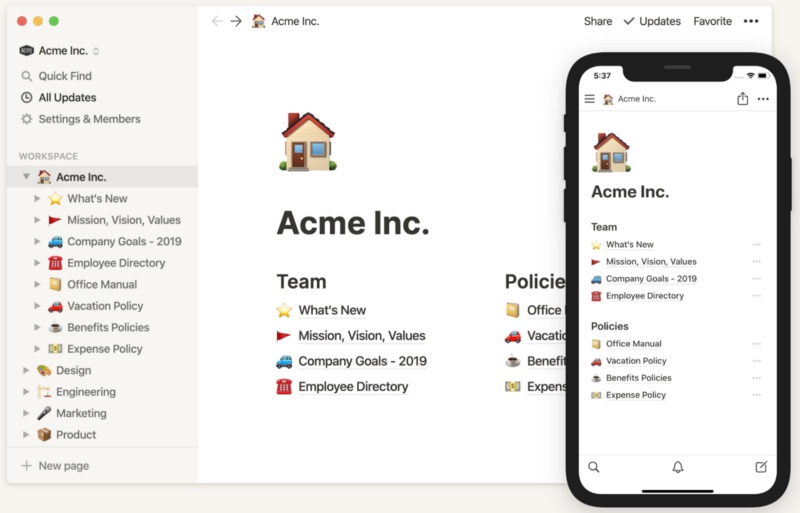Businesses in 2023 need to have a compelling digital interface to make an impact on a global audience and grow organically. Marketing can only take you this far. Beyond that, your website and mobile apps keep your customers loyal to your product.
If you aren’t a designer, you can try to notice the industry’s current brands and what makes them a name to reckon with. Here is my observation on some of the products we regularly use, which we continue to realize what makes using them such an easy and enjoyable experience.
3 Products with Exemplar Interfaces and Functionality
Air BnB
Airbnb is a marketplace where you can book vacation rentals and list your home as an AirBnB for tourists to stay for a few days in a foreign place. They build trust through the feature that allows you to connect with these strangers who enlist their homes, get acquainted, learn about the place, and then book your desired stay once you are comfortable.
When you enter the website, you will notice the unique search bar with a direct message telling you exactly what the website is about.
Book a place “Anywhere, Any week, and Any guest.” The section below includes the following:
- Top-level categorization of houses.
- Types of stays.
- An option to filter out your landing page.

The website is to the point in terms of listing stays with a clear image of the house, the location, distance from your current home, availability dates, and lastly, the price per night in bold.
When a platform can get strangers to stay in their homes and vice versa, you can learn a thing or two to build your platform. It has a simple exchange of words and an inviting copy, clean layouts, information upfront to make a decision quickly, and transparency throughout.
Instagram is a content-creating platform that has taken the digital interaction game to another level. Local businesses looking to expand, small-scale change-makers trying to make it big, NGOs extending help to lives in need, and knowledge that needs to be shared across the globe, Instagram makes it all possible.
It is easier to lock down the criteria to appease a small target audience. But when the range is extensive in terms of age, geographical location, and use cases, the interface can get messy.
Instagram makes it a breeze to use its platform with its natural gestures for interaction, high security of intellectual property, focus on content, call to action, strict community guidelines, and customizability.

This platform is a typical example of the “Hook” model explained by Nir Eyal as a framework for designing addictive products where the users use your product out of a habit loop. AI helps in this process by learning user interests, most viewed pages, most interacted with content categories, and other such patterns to deliver precisely what is of interest to you on your daily feed.
Reels abide by the 20–40 seconds attention span principle, which is the right amount to grab a user’s attention and deliver the information, leaving the user more informed than before and addicted to such easy-knowledge consumption.
Notion
Like Instagram, Notion is a diverse tool serving people from various industries as a project management and note-taking tool. It allows integration with external tools like GitHub, Figma, spreadsheets, and other regular data-heavy workspaces into one.
You can represent data visually through kanban boards and tables with tags, assign teammates to a task and create workspaces for your organization and child pages for individual teams.

Most importantly, the design is consistent across web and mobile for a seamless transition and on-the-go working. Notion is smartly kept black and white to help focus on data points and grasp information at a glance. You can change the formula of tables to suit your specific workflow showing great customization.
You can use templates or draw out a single system that can be duplicated for multiple workflows instead of users wasting time on building from scratch.
Final Thoughts
Go through some of your commonly used apps, note the exact experience you like, and try and replicate the same for your brand. Even if you can’t do the same, see what aspect of it appeals to you and how best to incorporate it into your product flow, be it in design, branding, marketing, or even integrations. Don’t just build a product; create an experience.